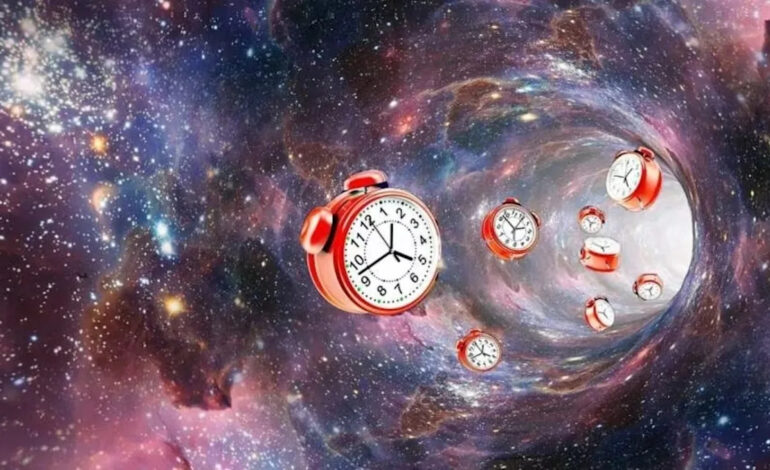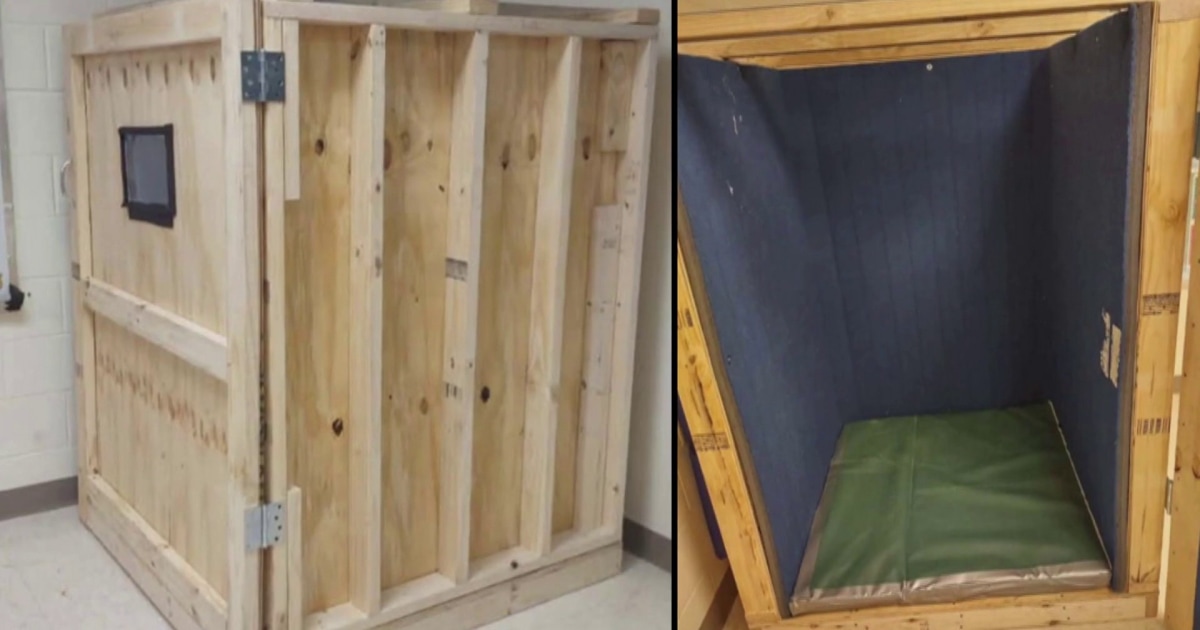Exploring the Science of Time Travel: Possibilities and Paradoxes

Curiosity about time travel has intrigued humanity for centuries, blending the realms of science and imagination. The possibility of moving between different points in time, similar to the way we traverse space, raises profound questions. While science fiction often depicts time travel through magical devices or futuristic vehicles, the reality behind the concept invites serious scientific inquiry.
The Theoretical Framework of Time Travel
The question of whether time travel is possible remains largely unresolved. According to the laws of thermodynamics, particularly the second law, the universe tends to move towards greater disorder over time. This principle suggests that reversing time is akin to attempting to unscramble eggs—once cooked, they cannot return to their original state. In essence, time appears to flow in one direction, akin to a one-way street.
Yet, renowned physicist Albert Einstein introduced the theory of special relativity, which indicates that time is not absolute. It can vary depending on relative speed. For instance, someone traveling in a spaceship near the speed of light—approximately 671 million miles per hour—would experience time more slowly than someone on Earth. Although we have yet to create spaceships that can approach these speeds, astronauts aboard the International Space Station (ISS) travel at about 17,500 mph. This has resulted in astronaut Scott Kelly aging slightly slower than his twin brother, Mark Kelly. After spending 520 days in space, Scott is now 6 minutes and 5 milliseconds younger than Mark.
Exploring Theoretical Constructs
Scientists are investigating other concepts that could make time travel theoretically possible, one of which is the idea of wormholes. These hypothetical tunnels in space might serve as shortcuts across vast distances. If a wormhole could be created and one end moved close to the speed of light, a traveler entering the moving end and exiting the stationary end could potentially arrive in the past. Despite this intriguing possibility, the existence of wormholes remains purely theoretical, and significant challenges would arise in attempting to send humans through them.
In addition to the scientific hurdles, time travel introduces various paradoxes. The well-known “grandfather paradox” illustrates the complexities involved. If someone traveled back in time and prevented their grandparents from meeting, it would create a contradiction: how could they exist to travel back in time in the first place?
The late physicist Stephen Hawking famously explored the idea of time travel through a unique experiment. He held a dinner party with invitations sent out only after the event had taken place, hoping that someone from the future would attend. His rationale was simple: the absence of time travelers at the gathering served as evidence against the feasibility of time travel.
Telescopes as Time Machines
Interestingly, astrophysicists utilize telescopes as a form of time travel. When they observe distant galaxies and stars, they are not merely looking at the present but rather at how these celestial bodies appeared when the light first traveled to Earth, which could be millions or even billions of years ago. The James Webb Space Telescope, NASA’s latest space observatory, is examining galaxies that formed shortly after the Big Bang, around 13.7 billion years ago.
While the prospect of time machines like those depicted in movies remains distant, the scientific community continues to explore these fascinating concepts. For now, the notion of time travel captivates our imagination, finding a home in literature, films, and dreams, while allowing us to ponder the mysteries of existence and the universe.
As curiosity about the universe persists, questions arise not only from children but also from adults eager to understand these complex topics. This exploration of time travel emphasizes the importance of scientific inquiry and the joy of learning about the cosmos.






